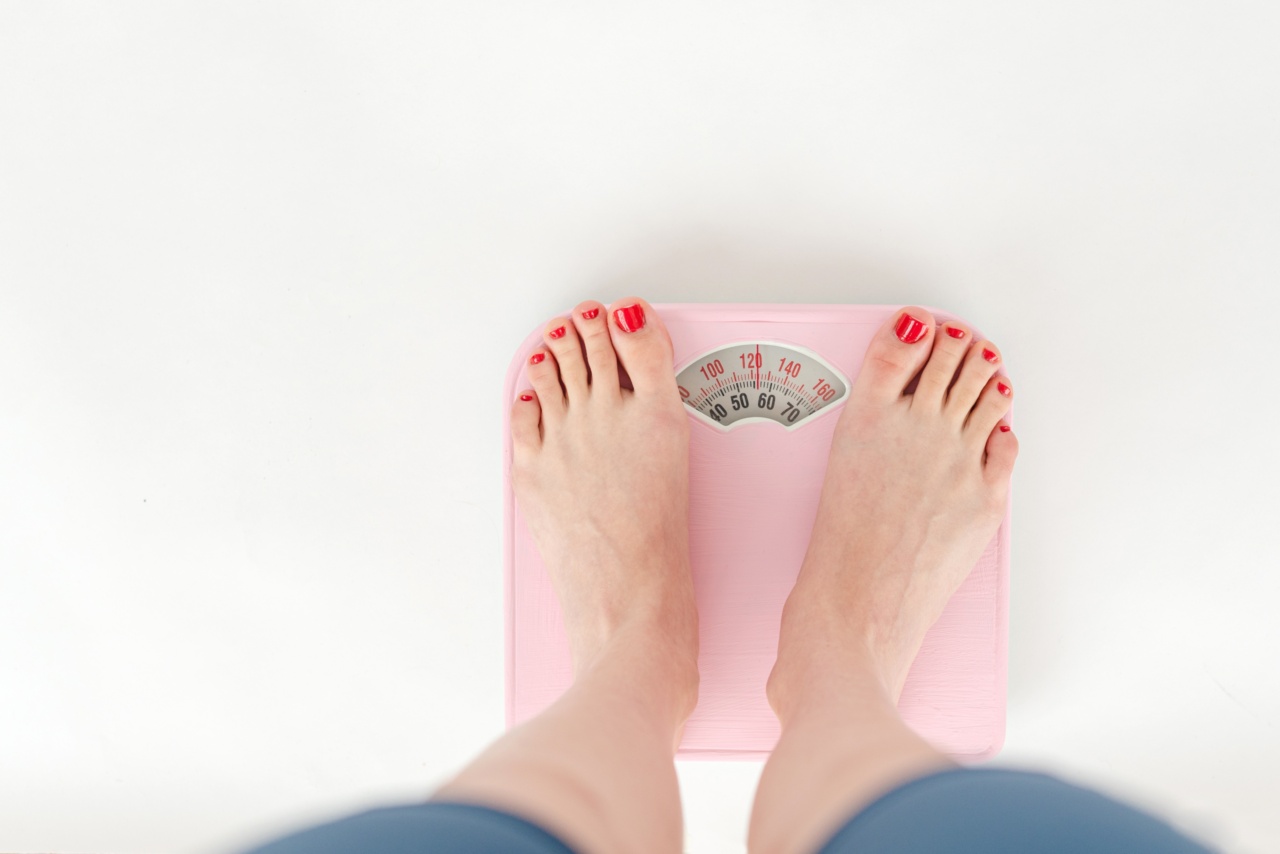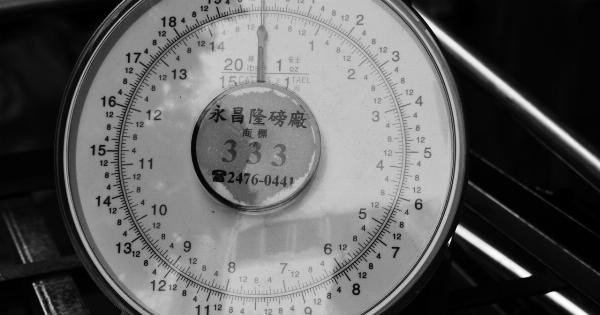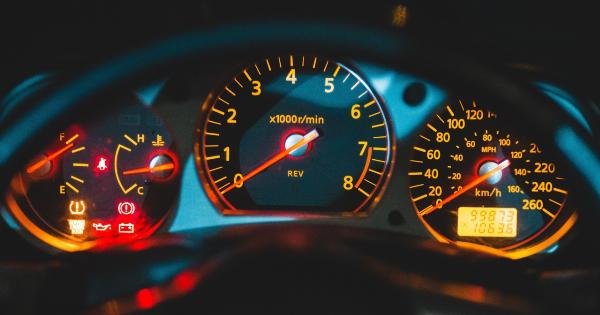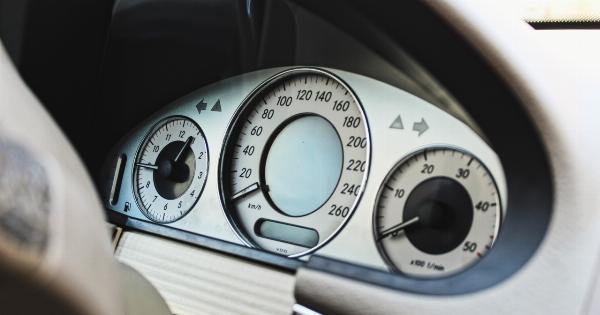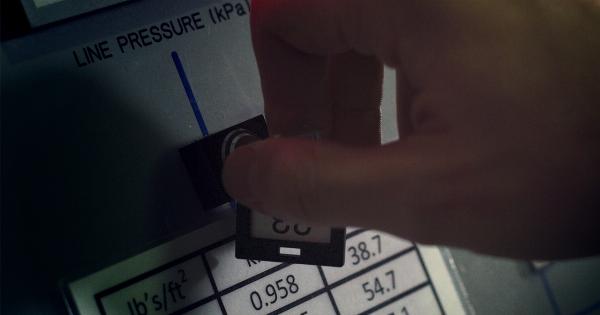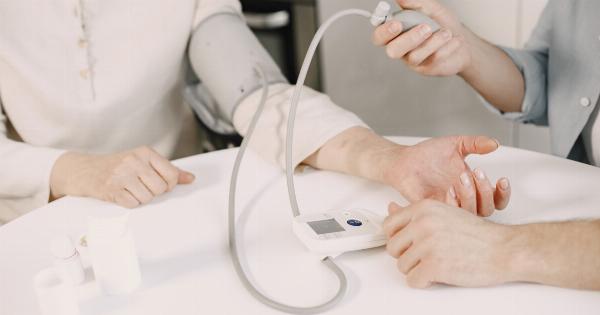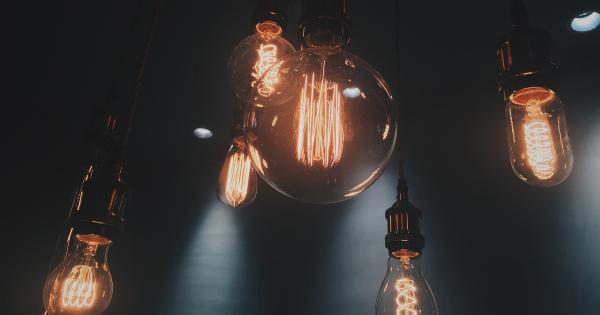Pressure is a force exerted on an object, usually measured in pounds per square inch or PSI. It is a fundamental concept in physics, engineering, and science.
Accurately measuring pressure is essential in a wide range of applications, from monitoring blood pressure to determining the pressure inside a tire or pipeline.
1. Understanding Pressure
Before we delve into how to measure pressure, it’s helpful to understand the concept itself. Pressure is a measurement that quantifies how much force is acting upon a particular surface area.
In the simplest terms, pressure equals force divided by the area over which the force is exerted. This relationship is expressed using the following formula:.
Pressure = Force / Area.
For example, if a 20-pound weight is evenly distributed over a 10 square inch area, the pressure exerted by the weight would be 2 PSI (20 / 10 = 2).
2. Types of Pressure
There are three main types of pressure: atmospheric pressure, gauge pressure, and absolute pressure. It’s important to understand the differences between these types of pressure to accurately measure them.
Atmospheric Pressure
Atmospheric pressure is the pressure exerted by the Earth’s atmosphere on objects on the ground. It can vary depending on altitude and weather conditions. Standard atmospheric pressure at sea level is approximately 14.7 PSI.
Gauge Pressure
Gauge pressure is the pressure measured relative to atmospheric pressure. This type of pressure is commonly used to measure the pressure inside a tire or a boiler.
For example, if the tire pressure is 32 PSI and the atmospheric pressure is 14.7 PSI, the gauge pressure would be 17.3 PSI (32 – 14.7 = 17.3).
Absolute Pressure
Absolute pressure is the pressure measured relative to a perfect vacuum. It takes into account atmospheric pressure as well as the pressure being measured.
For example, if the atmospheric pressure is 14.7 PSI and the pressure inside a tank is 35 PSI, the absolute pressure would be 49.7 PSI (35 + 14.7 = 49.7).
3. Choosing the Right Pressure Sensor
Choosing the right pressure sensor is critical to accurately measure pressure. There are many different types of pressure sensors available, each with its own advantages and disadvantages. Some examples include:.
Mechanical Pressure Sensors
Mechanical pressure sensors use a diaphragm or piston to measure pressure. They are simple and reliable but can be limited in terms of accuracy and range.
Strain Gauge Pressure Sensors
Strain gauge pressure sensors use a metal foil that changes resistance when subjected to pressure. They are highly precise and can be used to measure very small pressure changes but can be sensitive to temperature changes.
Ceramic Pressure Sensors
Ceramic pressure sensors use a ceramic diaphragm that changes shape when subjected to pressure. They are highly durable and can withstand harsh environments but can be sensitive to shock and vibration.
When choosing a pressure sensor, consider factors such as the required accuracy, range, and environmental conditions.
4. Calibrating Pressure Sensors
Once a pressure sensor has been chosen, it’s important to calibrate it to ensure accurate measurements. Calibration involves comparing a known pressure source to the sensor’s output and adjusting the sensor as necessary.
There are several ways to calibrate pressure sensors, including:.
Bench Calibration
Bench calibration involves connecting the pressure sensor to a reference pressure source and adjusting it until the output matches the reference. This method is highly accurate but requires specialized equipment.
Field Calibration
Field calibration involves adjusting the pressure sensor using a handheld device or computer software. This method is less accurate than bench calibration but can be performed on-site and is more convenient.
Deadweight Tester Calibration
Deadweight tester calibration involves using calibrated weights to apply a known force to the sensor. This method is highly accurate but requires expensive equipment and can be time-consuming.
5. Using Digital Pressure Gauges
Digital pressure gauges are a popular way to measure pressure because they are highly accurate and easy to use. They typically include a pressure sensor, display, and control electronics. To use a digital pressure gauge:.
- Connect the pressure sensor to the object to be measured.
- Turn on the digital pressure gauge.
- Wait for the pressure reading to stabilize.
- Record the pressure reading and reset the gauge as necessary.
6. Understanding Common Units of Pressure
There are many units of pressure used in different industries and applications. Some common units of pressure include:.
Pounds per Square Inch (PSI)
PSI is a common unit of gauge pressure used in the United States. It is the pressure exerted by one pound of force applied to one square inch of area.
Bar
Bar is a unit of pressure commonly used in Europe and other parts of the world. One bar is equal to approximately 14.5 PSI.
Kilopascal (kPa)
Kilopascal is a unit of pressure commonly used in scientific research. One kilopascal is equal to approximately 0.15 PSI.
7. Conclusion
Measuring pressure accurately is essential in a wide range of industries and applications.
By understanding the different types of pressure, choosing the right pressure sensor, calibrating the sensor, and using appropriate units of measurement, you can ensure accurate pressure readings every time.
